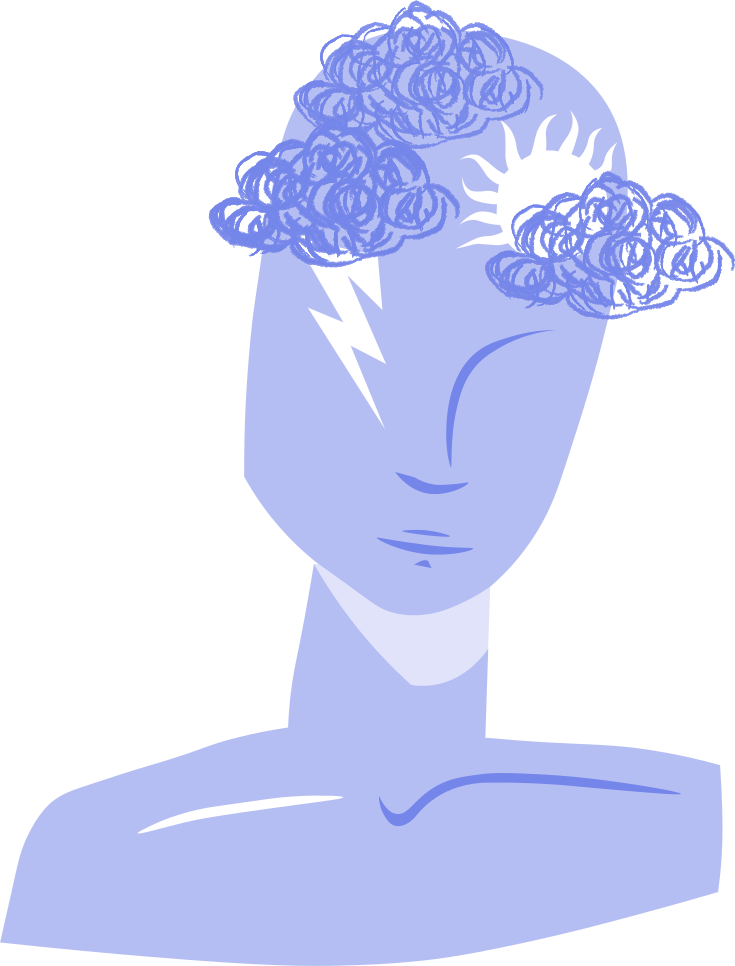
Mental Health
{Take care of yourself and your friends}
Put your brand in front of thousands monthly and support the growth of harm reduction.
In the know
How do recreational drugs work?
Understanding how the feelings and effects of drugs happen requires a bit of understanding of how brains work. Our brains are made up of cells known as neurons. Neurons communicate through the release of chemicals known as neurotransmitters. A neurotransmitter is released by one neuron at a junction called the synapse and either inhibits or excites the neuron on the other side through proteins known as receptors.
Most drugs mentioned on this site act to change how a family of neurotransmitters called monoamines act in the brain. This includes serotonin, noradrenaline and dopamine, which you may have heard of. There are some exceptions to this, such as ketamine, nicotine or alcohol.
When you take a drug, it enters your brain and influences how these neurotransmitters work, changing its properties and altering how your neurons act. This can be great! It's the basis of what you're feeling when you take the drug. It can also be bad and damage your neurons with long lasting effects, such as neuron death. If you'd like to know more about this process, check out this website - it's aimed at MDMA but the mechanisms explained highlight how drugs work.
Once the drug is cleared from your body and brain, you'll be dealing with the after effects, known as a comedown.
A note on drug-assisted therapy
You may have seen in the news that some drugs, such as ketamine and MDMA have been used recently to help with existing mental health problems3. The use of them in this way is different to using drugs recreationally. It is done in a controlled setting, with a trained clinician working with you.
How to get help?
Speak to a medical professional if you or someone you know may need help.
References
1 Palamar, J. J., Acosta, P., & Cleland, C. M. (2019). Planned and Unplanned Drug Use during a Night out at an Electronic Dance Music Party. Substance use & misuse, 54(6), 885--893. <https://doi.org/10.1080/10826084.2018.1529186>
2 Mustonen, A., Niemelä, S., Nordström, T., Murray, G., Mäki, P., Jääskeläinen, E., & Miettunen, J. (2018). Adolescent cannabis use, baseline prodromal symptoms and the risk of psychosis. The British Journal of Psychiatry, 212(4), 227-233. doi:10.1192/bjp.2017.52
3 Sessa B, Higbed L and Nutt D (2019) A Review of 3,4-methylenedioxymethamphetamine (MDMA)-Assisted Psychotherapy. Front. Psychiatry 10:138. doi: 10.3389/fpsyt.2019.00138
Put your brand in front of thousands monthly and support the growth of harm reduction.
